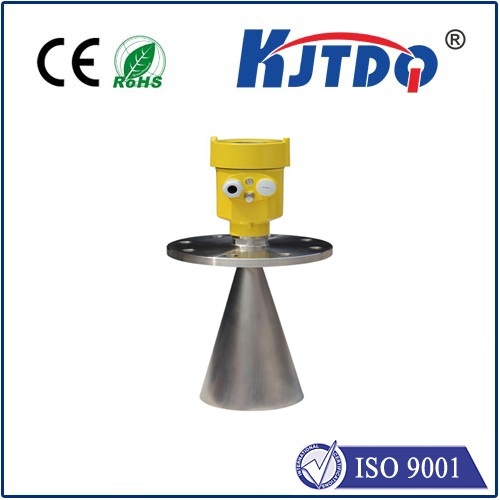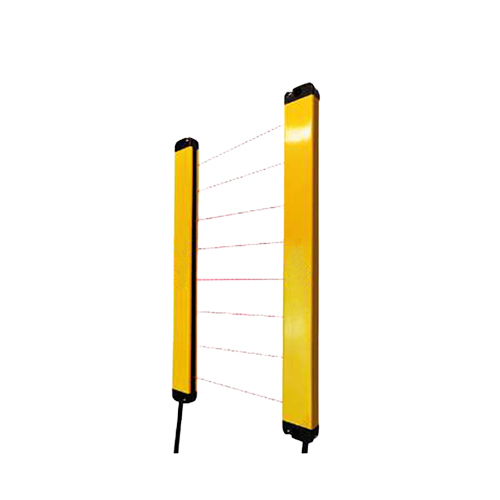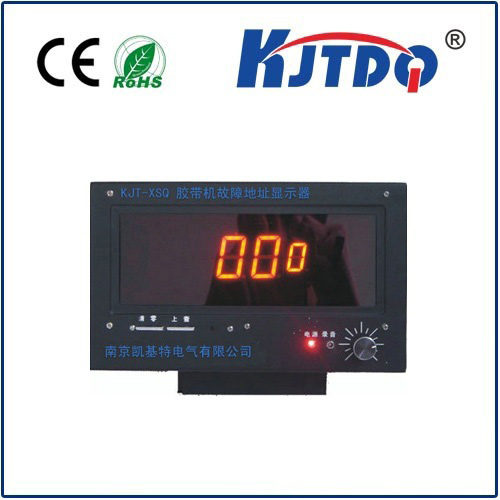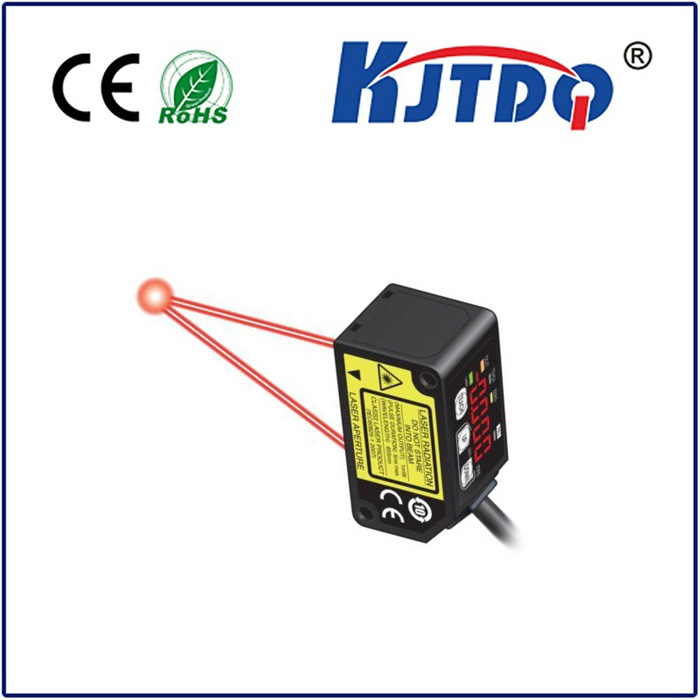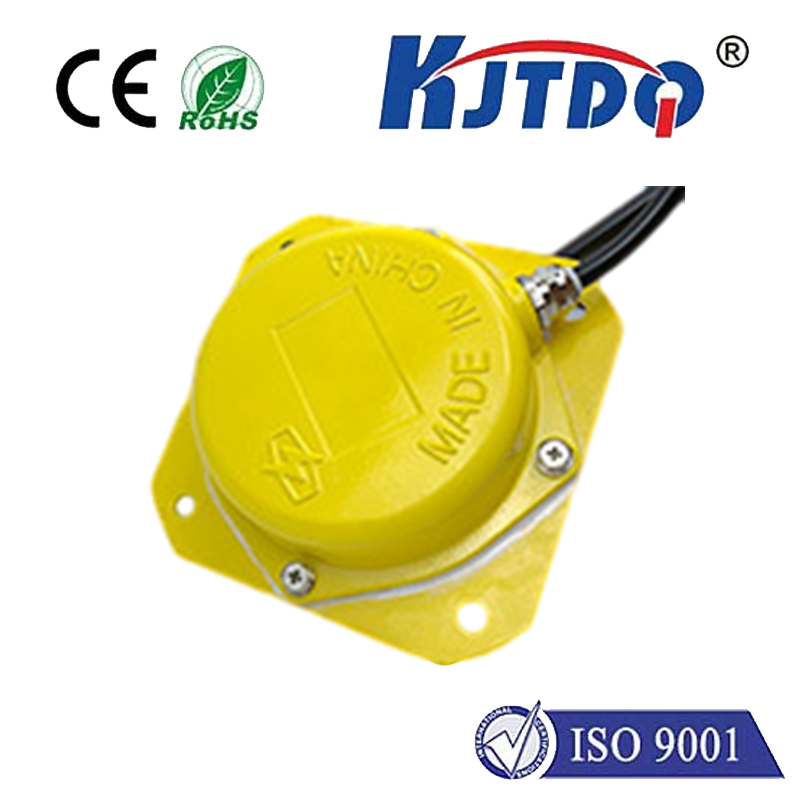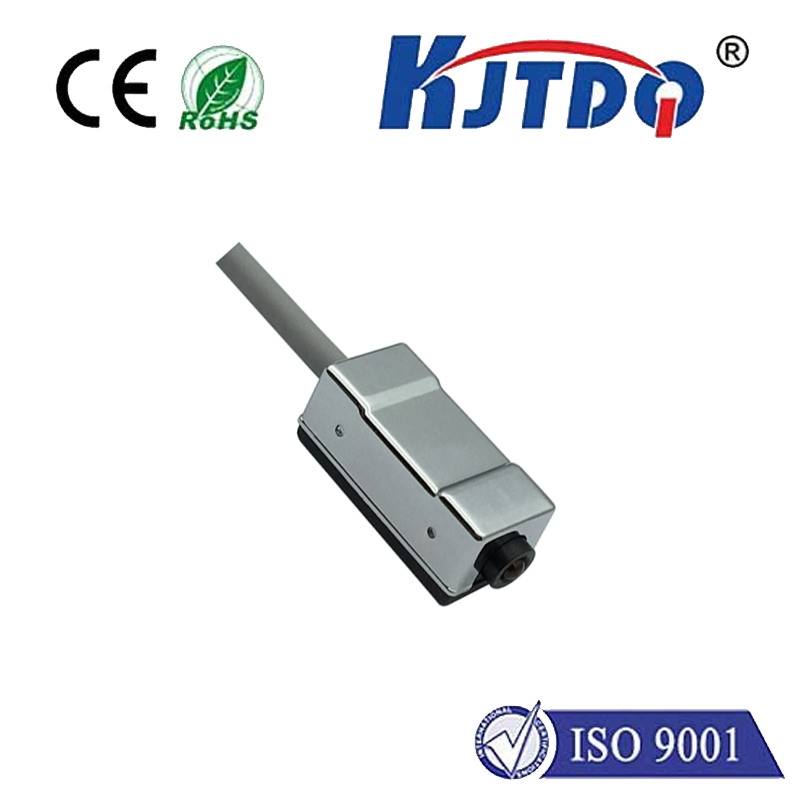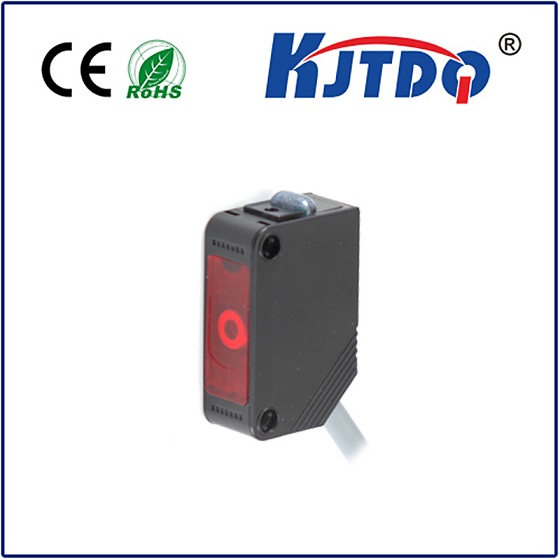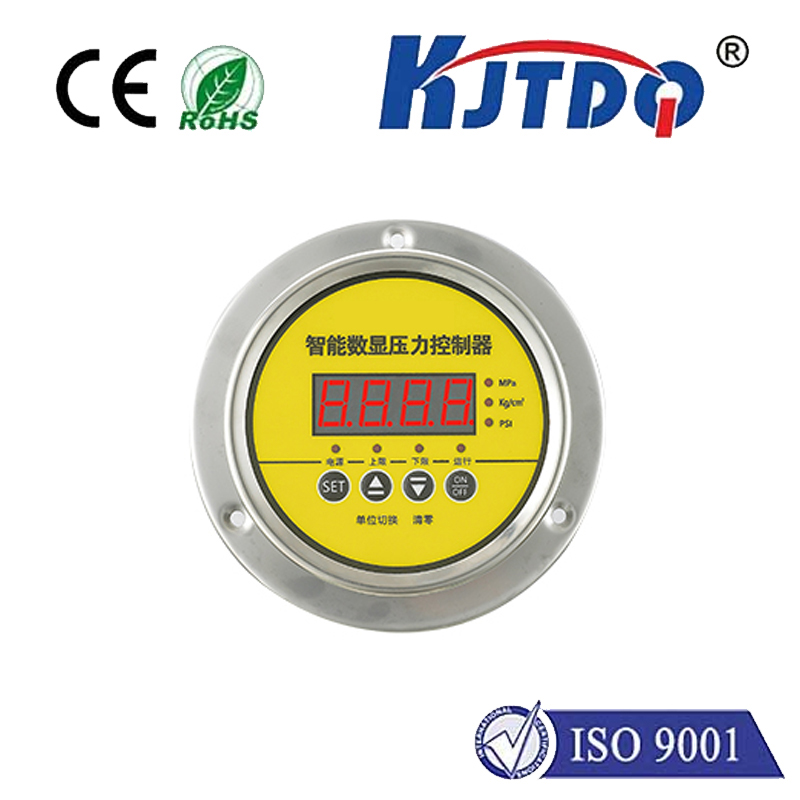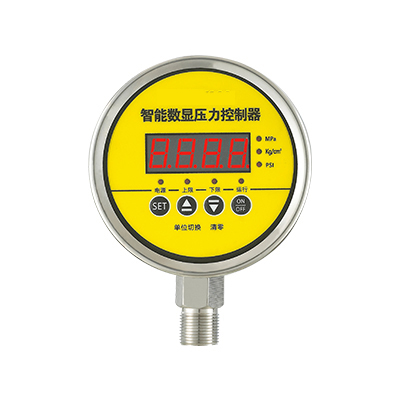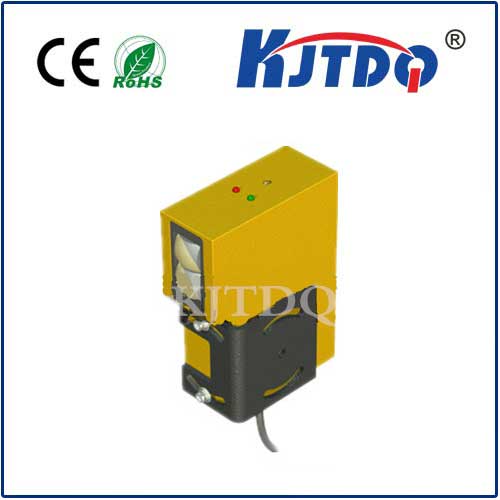E3FB-DP24-F2 background suppression photoelectric sensor
- time:2025-10-09 10:08:23
- Click:0
Beyond the Noise: How the Omron E3FB-DP24-F2 Background Suppression Sensor Solves Tricky Detection Challenges
In the intricate dance of modern manufacturing and automation, precision is paramount. Imagine a robotic arm needing to pick a dark component off a similarly dark conveyor belt. Or a packaging line requiring flawless detection of transparent bottles against a potentially varying background. Standard photoelectric sensors often falter in these demanding scenarios, struggling with false triggers or missed detections caused by background interference. This is where advanced photoelectric sensors like the Omron E3FB-DP24-F2 step onto the stage, wielding the power of background suppression (BGS) technology to deliver reliable object detection where others fail. Understanding this specific sensor’s capabilities unlocks a new level of efficiency and reliability in complex applications.
Decoding the Title: What is the E3FB-DP24-F2?
The model name itself reveals key information. ‘E3FB’ denotes Omron’s series of cylindrical, compact photoelectric sensors. ‘DP24’ indicates the specific variant featuring a background suppression method. ‘F2’ typically refers to the output configuration (in this case, an NPN output transistor). Combined, E3FB-DP24-F2 signifies a compact, cylindrical optical sensor utilizing background suppression photoelectric technology with an NPN output, designed for applications requiring immunity to the target’s background.
The Core Power: How Background Suppression (BGS) Works

Unlike diffuse sensors that measure the total reflected light intensity, background suppression photoelectric sensors like the E3FB-DP24-F2 employ a more sophisticated principle, often triangulation. Here’s the essence:
- Dual-Eye System: The sensor houses both an emitter (usually an IR LED) and two receivers positioned at carefully calculated angles.
- Light Emission: The emitter projects a focused beam of infrared light onto the target surface.
- Triangulation Magic: Light reflected from the target hits the two receivers at slightly different angles based on the distance to the target object.
- Intensity Ratio Analysis: The sensor’s internal circuitry doesn’t just measure the amount of reflected light; it compares the intensity ratio of the light hitting Receiver 1 versus Receiver 2.
- Distance Determination: This intensity ratio is directly correlated to the distance the light traveled before reflecting. The sensor is precisely calibrated to trigger its output only when an object is present within its specific sensing range (e.g., 20 mm to 300 mm for the E3FB-DP24-F2).
- Background Immunity: Crucially, objects or surfaces beyond the preset sensing range – the background – reflect light that hits the receivers with a significantly different intensity ratio. The sensor intelligently ignores these signals, providing robust background suppression.
Why Choose the Omron E3FB-DP24-F2?
This specific model brings together the advantages of BGS technology in a practical, industrial-hardened package:
- Unmatched Background Rejection: Its core strength. It reliably detects targets within its 20-300mm adjustable range, effectively ignoring surfaces or objects beyond this point, even if they are highly reflective. This solves countless problems on conveyors, in bins, or near machinery structures.
- Robust Performance on Difficult Surfaces: Excels at detecting low reflectivity objects (black rubber, matte finishes, dark plastics) and transparent objects (glass bottles, plastic films, clear packaging) that confound standard diffuse sensors. It’s also effective on shiny or metallic surfaces.
- Fixed-Focus Precision: Unlike some convergent sensors requiring precise alignment, the E3FB-DP24-F2’s optics are factory-set. Once its sensing range is adjusted for the specific application distance via its potentiometer, it delivers stable detection without fiddly focus adjustments.
- Compact & Durable Design: The small cylindrical M12 threaded housing (31mm x 12mm diameter) facilitates easy installation in tight spaces. An IP67 rating ensures protection against dust ingress and temporary water immersion, making it suitable for harsh industrial environments.
- Stable NPN Output: The “F2” NPN output configuration (normally open) integrates seamlessly with a wide range of industrial controllers (PLCs) and systems common in automation. Features like short-circuit protection enhance operational safety.
- Intuitive Adjustment & Status Indication: A built-in potentiometer simplifies setting the optimal sensing range. Bright LED indicators provide clear confirmation of power (green) and output status (red), simplifying setup, troubleshooting, and visual status checks.
- High Switching Frequency: Capable of detecting rapidly moving objects, essential for high-speed production lines.
Where the E3FB-DP24-F2 Shines: Key Applications
The unique capabilities of this background suppression photoelectric sensor make it indispensable in numerous demanding scenarios:
- Conveyor Bottle/Container Handling: Reliable detection of transparent bottles, jars, or vials, regardless of liquid fill level or background conveyor color. Counts or positions containers flawlessly.
- Packaging & Filling Lines: Detects low contrast products (black parts on dark belts), shrink-wrapped items, or stacked products where background interference from machinery or other packages is a problem.
- Robotics & Pick-and-Place: Ensures precise presence/absence detection before a gripper operates, even if the part is small, dark, or placed near other objects or the gripper body itself (background suppression prevents false triggers).
- Machine Tooling & Assembly: Verifies component presence in jigs or fixtures, detects misoriented parts, or monitors part positioning during machining processes, handling oily or metallic surfaces well.
- Material Handling & Palletizing: Detects objects on pallets, within bins, or on racks, ignoring the structure of the bin or rack itself behind the target object. Ideal for end-of-arm tooling presence checks.
- Detecting Irregular Shapes & Textured Surfaces: Performs reliably on targets with uneven surfaces or low reflectivity that scatter light unpredictably.
Unlocking Benefits: Why This Technology Matters
Integrating the Omron E3FB-DP24-F2 translates into tangible operational advantages:
- Enhanced Process Reliability: Drastic reduction in false rejects and missed detections caused by background interference leads to smoother operation and fewer costly stops.
- Increased Production Uptime & Efficiency: Minimizing errors translates directly to higher throughput and less downtime spent troubleshooting sensor issues.
- Improved Quality Control: Consistent and accurate detection ensures proper product handling, assembly, and packaging, reducing defects.
- Reduced Setup & Maintenance Time: The fixed-focus design, simple adjustment potentiometer, and clear LED indicators streamline installation and troubleshooting compared to more complex sensor types.
- Versatility Across Materials: One sensor type can often replace multiple standard sensors needed for different challenging surfaces, simplifying inventory and design.
- Cost Savings: Reduced downtime, fewer errors, lower maintenance, and simplified system design all contribute to a strong return on investment.
The Omron E3FB-DP24-F2 background suppression photoelectric sensor is more than just a component; it’s a targeted solution for












